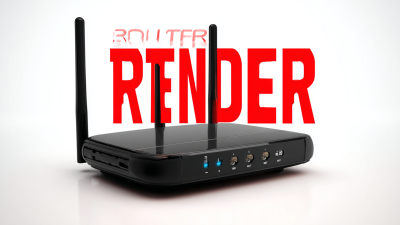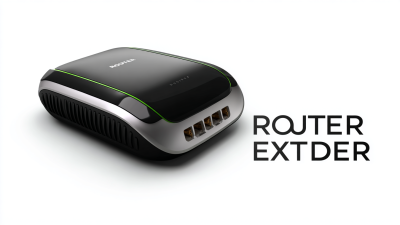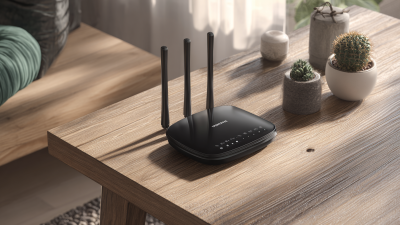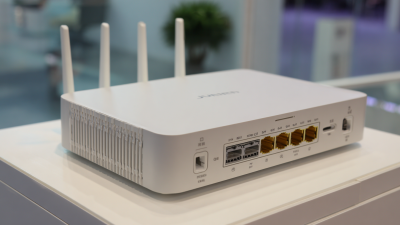In today's digital age, having a strong and reliable internet connection is crucial for both work and leisure activities. However, many households struggle with Wi-Fi dead zones and slow internet speeds, hindering productivity and enjoyment.
One effective solution to enhance your wireless coverage is through the use of a
Router Extender.
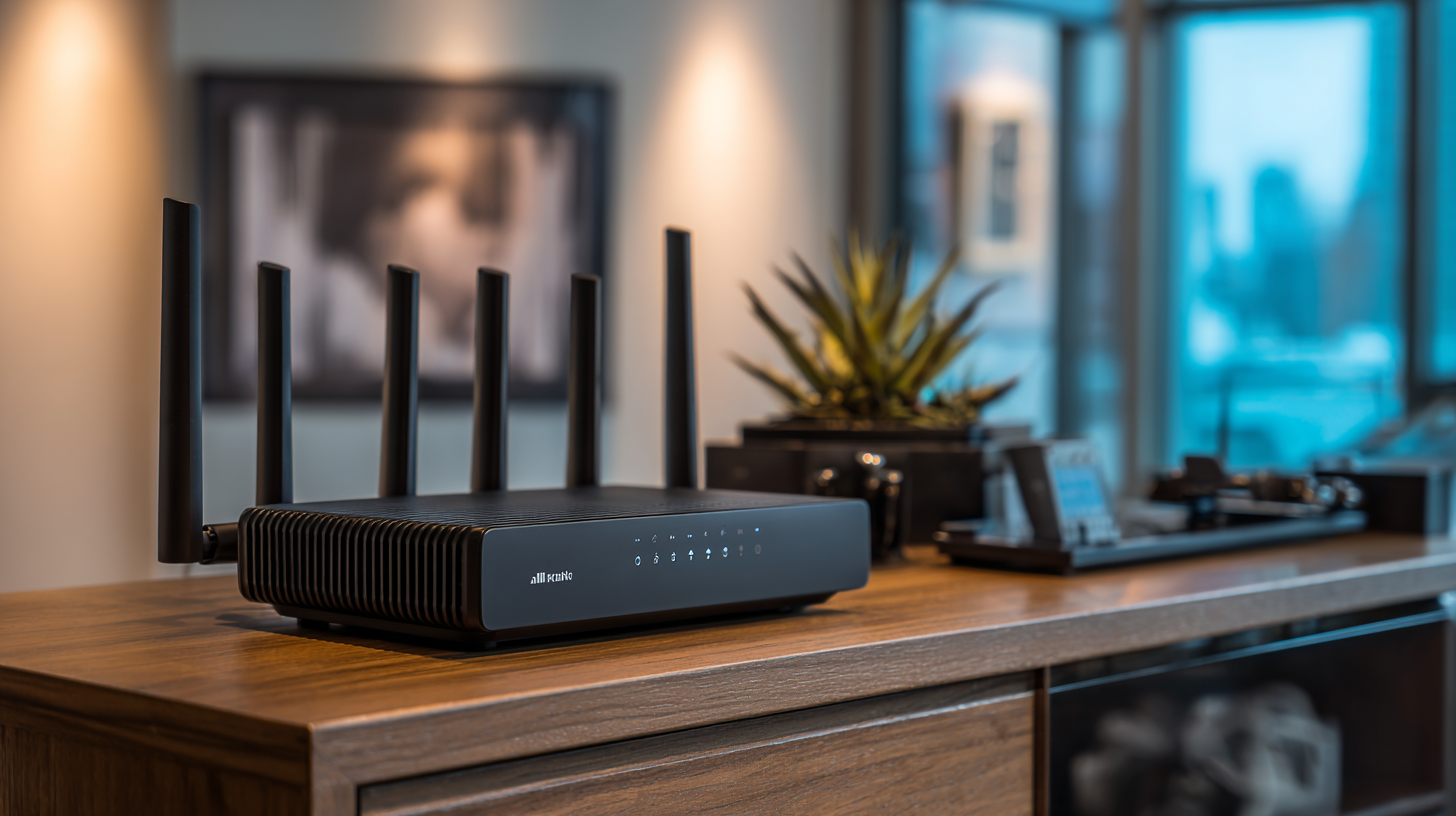 This device not only amplifies your existing Wi-Fi signal but can also significantly boost your internet speed by over 50%.
By strategically placing the Router Extender within your space, you can eliminate those frustrating connectivity issues and enjoy seamless streaming, faster downloads, and better online gaming experiences.
This device not only amplifies your existing Wi-Fi signal but can also significantly boost your internet speed by over 50%.
By strategically placing the Router Extender within your space, you can eliminate those frustrating connectivity issues and enjoy seamless streaming, faster downloads, and better online gaming experiences.
In this article, we will explore how Router Extenders work, provide tips for optimal placement, and discuss their benefits, so you can maximize your Wi-Fi coverage and enjoy an internet experience that meets your needs.
Wi-Fi coverage plays a crucial role in determining the overall speed and reliability of your internet connection. When your signal strength is weak, devices may struggle to maintain a stable connection, leading to slower loading times and frustrating buffering issues. The layout of your home or office, along with physical barriers like walls and furniture, can significantly impede Wi-Fi signals. Therefore, understanding the nuances of Wi-Fi coverage is essential for optimizing your internet experience.
Router extenders can effectively enhance your Wi-Fi coverage by bridging the gap between the router and distant devices. By placing an extender strategically in your space, you can amplify the signal, ensuring that even the farthest corners receive adequate coverage. This extension can potentially boost your internet speed by over 50%, as devices connected through a stronger signal are less likely to experience interruptions. Ultimately, maximizing your Wi-Fi coverage is fundamental to achieving faster internet speeds and improving your overall connectivity.
Identifying the right locations for router extenders in your home can significantly enhance your Wi-Fi coverage and improve internet speed. According to a report by the Federal Communications Commission (FCC), nearly 30% of U.S. households experience inconsistent internet speeds due to poor router placement. To combat this, strategically positioning router extenders in areas where signal strength diminishes—such as basements, corners of rooms, or floors above the main router—can yield remarkable improvements.
Tip: Before placing an extender, use a Wi-Fi analyzer app to assess signal strength throughout your home. This will help you determine the dead zones and optimal locations for the extender, ensuring maximum coverage. A good rule of thumb is to place the extender halfway between the main router and the area needing coverage.
Additionally, avoid placing extenders near metal objects or devices that emit electromagnetic interference, such as microwaves and cordless phones. Such items can cause hefty disruptions to the signal. The Wireless Broadband Alliance suggests maintaining a clear line of sight between the router and extenders for the best performance. By considering these factors, you can potentially boost your internet speed by over 50%, allowing for a smoother online experience.
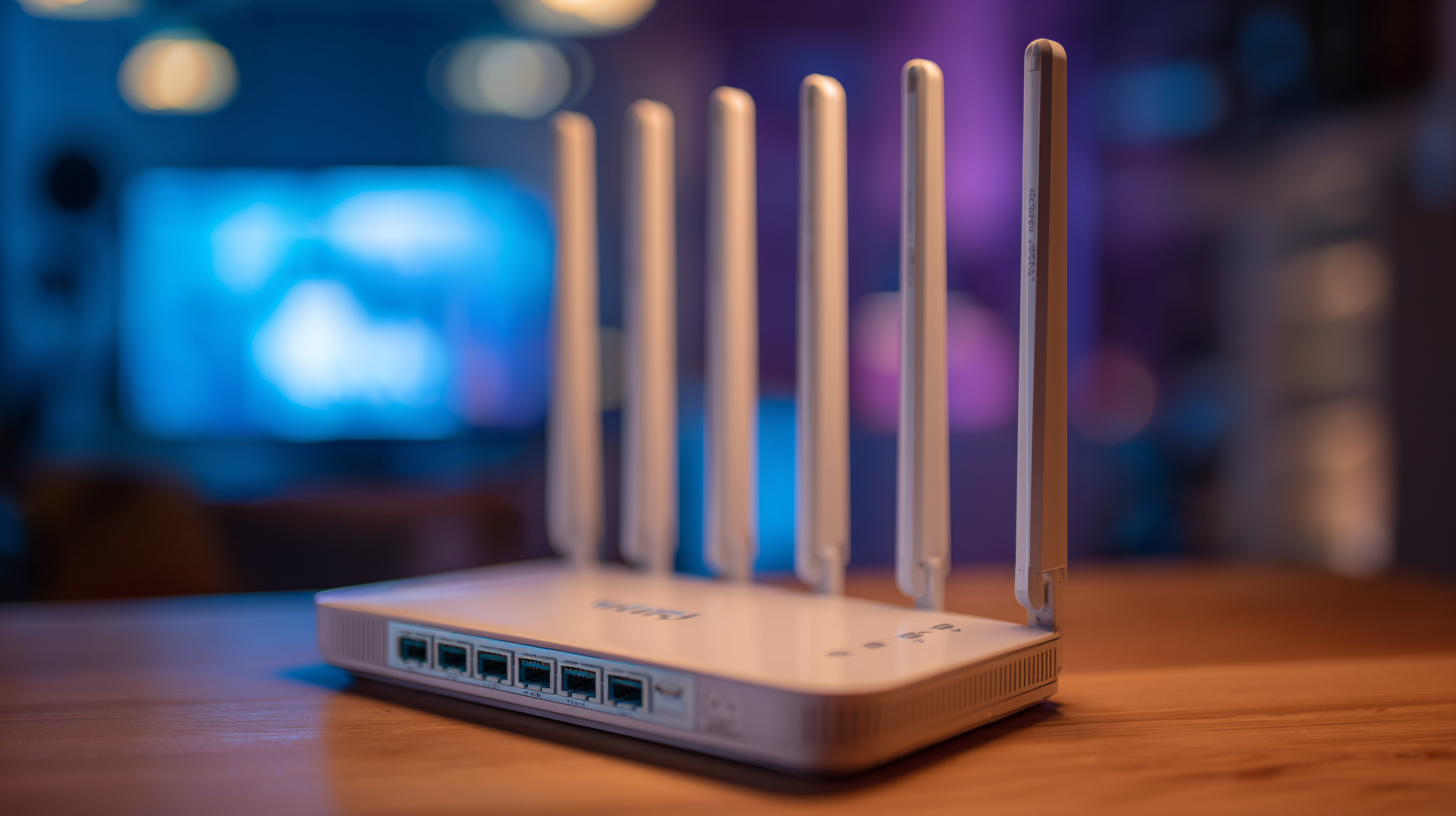
When it comes to enhancing Wi-Fi coverage, selecting the right type of router extender is crucial for achieving optimal performance. There are various types of extenders available in the market, each designed for specific needs. Range extenders amplify existing signals by capturing the original Wi-Fi and redistributing it, while mesh systems provide a more cohesive approach by using multiple interconnected nodes that blanket the entire area with consistent coverage. According to a report from the Wi-Fi Alliance, properly configured mesh networks can improve Wi-Fi speed and coverage by up to 60%, drastically outpacing traditional range extenders which typically max out at around 30–50% speed improvement.
The latest industry analyses also show that the dual-band and tri-band routers are gaining traction due to their ability to handle multiple devices without compromising speed. Tri-band extenders distribute bandwidth more effectively, allowing simultaneous connections across different frequencies. Research by the International Data Corporation (IDC) revealed that devices connected to tri-band systems can experience up to 100% improvement in upload and download speeds compared to single-band extenders, making them a worthy investment for tech-savvy users who stream high-definition content or engage in online gaming. With these considerations in mind, users can strategically choose the best router extender that meets their specific needs for maximum efficiency.
| Extender Type | Coverage Area (sq ft) | Speed Boost (%) | Connection Type | Price Range (USD) |
|---|---|---|---|---|
| Standard Wi-Fi Extender | 1500 | 25% | Wireless | 30 - 60 |
| High-Power Wi-Fi Extender | 2500 | 50% | Wireless | 60 - 120 |
| Powerline Ethernet Adapter | 3000 | 40% | Wired/Wireless | 50 - 100 |
| Mesh Wi-Fi System | 4000+ | 60% | Wireless | 150 - 300 |
| Repeater Mode Extender | 2000 | 30% | Wireless | 25 - 55 |
Setting up a router extender correctly is essential to maximizing your Wi-Fi coverage and enhancing your internet speed. The first step involves placing the extender in an optimal location, ideally halfway between your router and the area that needs better coverage. This position ensures that the extender receives a strong signal from the router while also transmitting a boosted signal to the dead zones. Make sure the extender is plugged into a power outlet and that it's within range of your existing Wi-Fi signal.
After positioning the extender, it’s important to connect it to your router. Most modern extenders come with an easy setup process, often involving the WPS (Wi-Fi Protected Setup) button on both devices. If your router doesn’t support WPS, you can connect through a web interface by entering the extender’s IP address in a browser. Follow the on-screen instructions to select your network and enter the required password. Once connected, take a moment to test the connection in various areas of your home to ensure the extender is effectively boosting your Wi-Fi signal, leading to a noticeable improvement in speed and coverage.
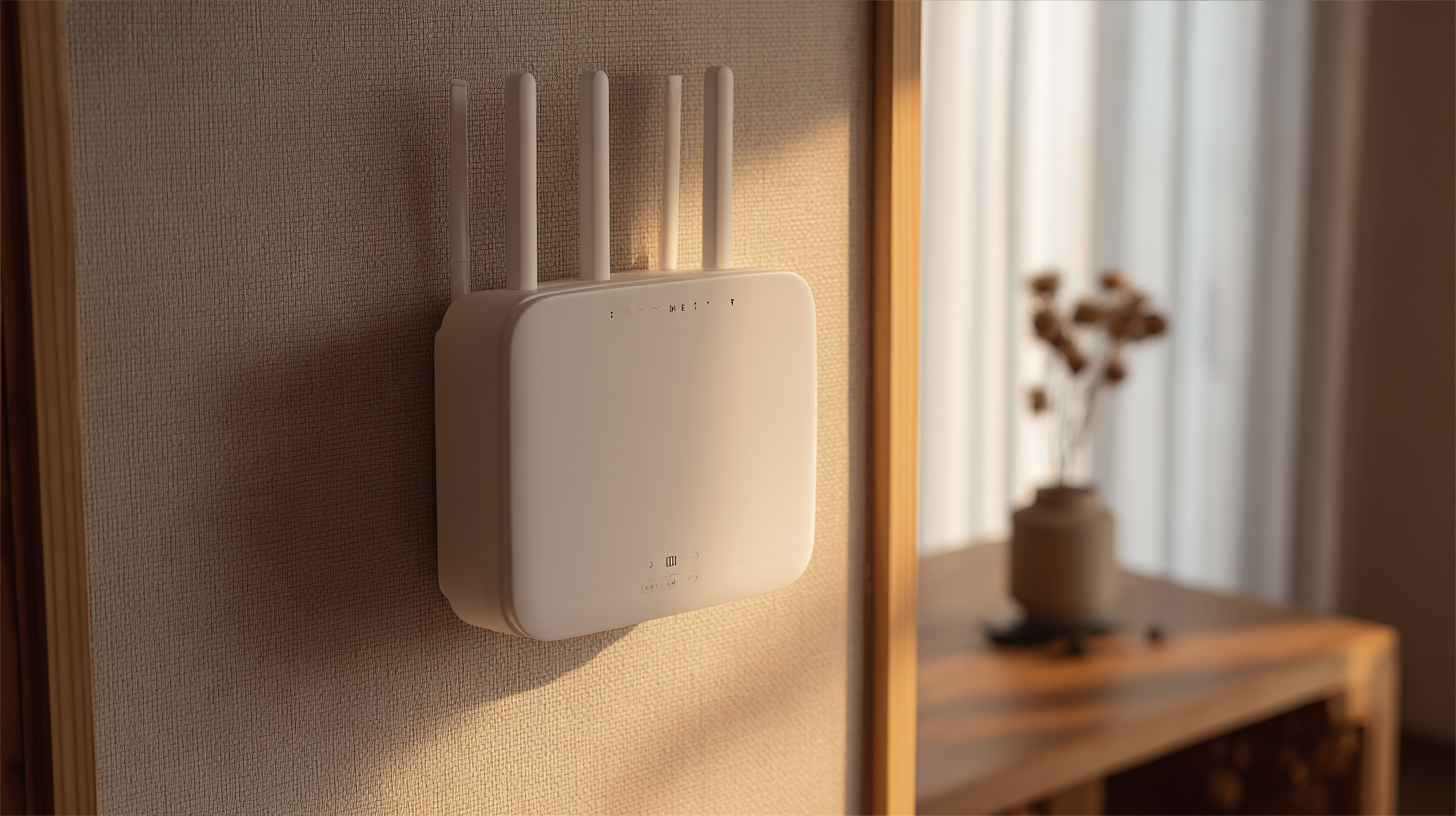
After installing router extenders, optimizing your Wi-Fi performance is crucial to ensure you reap the full benefits. One effective tip is to place the extenders strategically. They should be located halfway between your router and weak signal areas, ideally in an open space free from obstructions. This placement helps maintain a strong connection and extends coverage effectively.
Another important aspect is to keep your firmware updated. Router extenders, like most devices, receive periodic updates that can enhance performance, security, and compatibility. Regularly checking for and installing these updates can help you maintain optimal speed and reliability after installation.
Lastly, consider managing your network settings. Switching to the less congested 5 GHz band can significantly increase speed, especially in households with many devices. Additionally, utilizing Quality of Service (QoS) settings allows you to prioritize bandwidth for essential tasks like streaming or gaming, further enhancing your experience. By following these tips, you'll ensure that your Wi-Fi coverage expands and speeds improve remarkably.
